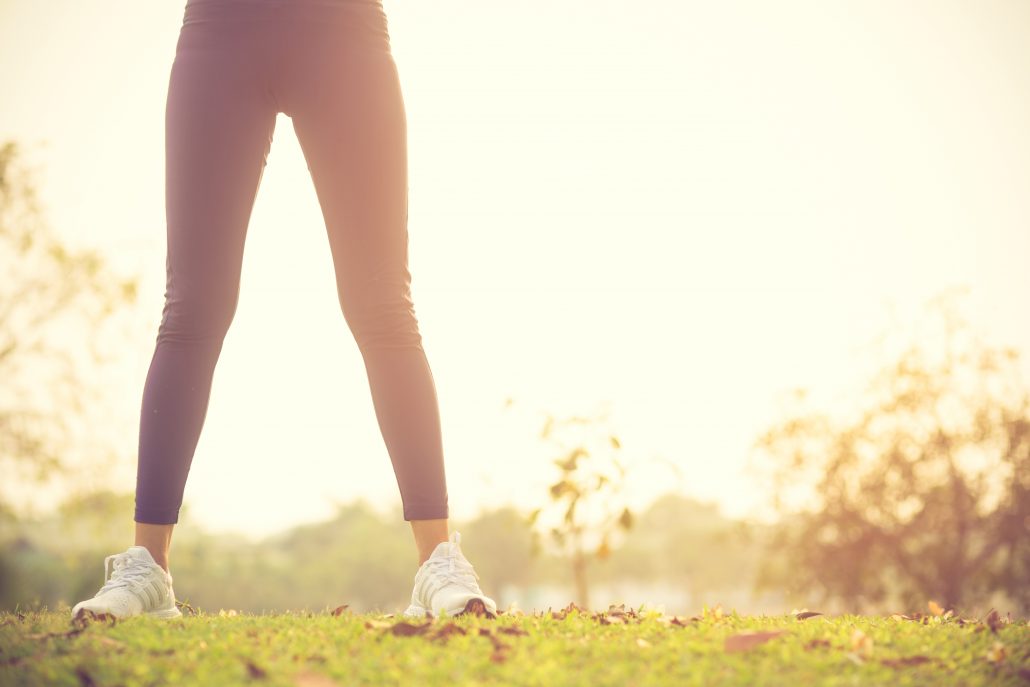A fitness conundrum
Written by Sadie Wirthlin
A monthly period can have a great effect on a woman’s body and how she feels. Suffering from severe menstrual cramps, headaches, and fatigue are just a few of the symptoms that may make a woman want to curl up in the fetal position and not move. Exercise may be the last thing on your mind during your period, but here are some guidelines to help encourage that sweat. Being on your period might actually help your physical performance!
Before and during a woman’s menstrual cycle, hormone levels fluctuate and can have an effect on athletic performance. High hormone levels happen just before the period and can impact exercise metabolism, heat toleration, and more. This can make exercise seem a lot harder. When hormone levels are low—starting on the first day of bleeding—exercise and training feels easier.
One study done on swimmers found that women performed their fastest times during menstruation and their slowest during the premenstrual phase.
These findings don’t necessarily mean that all physical performance will lack when a woman is in the premenstrual phase. Studies have found that the key physical performance indicators of max VO2 and lactate threshold (the point at which your muscles start to burn) remain constant throughout the menstrual cycle. So when you try and exercise during that time of the month, here are some typical things may happen and tips on how you can best control them.
-
Making muscle is harder
It is harder for women to make and maintain muscle when there is an increase in estrogen and progesterone. Estrogen turns down the growing capacity of muscle, and progesterone turns up the breakdown of muscle tissue, giving you a higher muscle breakdown rate during hard workouts.
-
Metabolism modified
A high level of estrogen reduces the body’s ability to burn carbohydrates, yet increases fat burning. This increase, along with an increase of fatty acid availability, is great for endurance activity, but not so much for high-intensity exercise. If you’re participating in more high-intensity exercises, eat more carbs.
-
Bloating
High levels of estrogen and progesterone can affect the hormones that regulate body fluid. Estrogen increases a hormone called vasopressin that retains water and constricts blood vessels. Progesterone competes with a fluid-regulating hormone called aldosterone that reduces the amount released in the body. Ultimately this leads to blood volume reduction and a decrease in cardiac output and blood pressure.
-
Heat is hotter
High levels of progesterone elevate your body’s core temperature and lower overall blood volume. These changes make it harder for the body to sweat and cool down during exercise. To counteract your fluctuating temperature, start drinking water before beginning your work out, especially if you are working out in the heat.
-
Cramps
Cramps, for most, are bound to happen. To better plan for this potentially painful process, try taking a daily dose of magnesium, omega-3 fatty acids, and a low dose of aspirin the week before your period. This reduces the effect of cramps. During your period, you could also try yoga to help ease the pain.
When English long-distance runner Paula Radcliffe broke a world record for the fastest marathon in Chicago, she had menstrual cramps.
She did tell BBC News, however, that her times can vary drastically based on what stage she is at in her cycle.
-
Headaches
Some women suffer from headaches, even migraines, when their estrogen levels fluctuate. Hydration and nitric oxide-rich foods like pomegranates, watermelon, and spinach are the best way to fight off these headaches. Eating these foods a few days before your period starts will promote dilation and reduce severity.
There is no need to fear when your next period comes around. Do some planning, control your symptoms with these simple steps, and don’t be afraid to still get out there and exercise!
Source: www.bbc.com, Foxnews.com, www.rodalewellness.com
